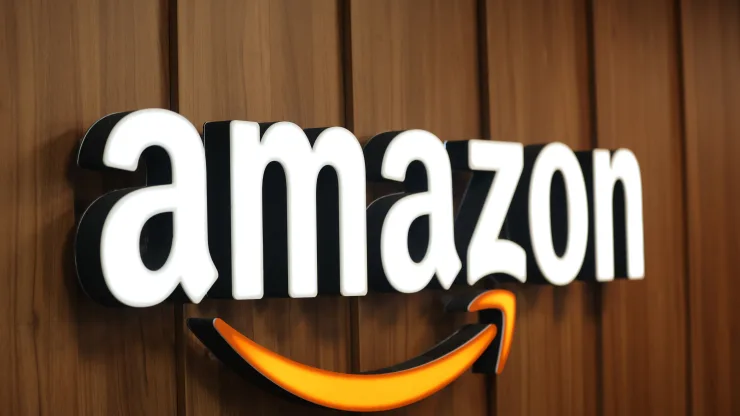5 takeaways from America’s landmark lawsuit against Amazon

An antitrust lawsuit from 17 states and the Federal Trade Commission this week against Amazon represents the US government’s biggest regulatory challenge yet against the e-commerce juggernaut.
In this landmark case, Amazon is alleged to have harmed both buyers and sellers on a massive scale through its retail platform.
It is alleged that Amazon has run an illegal monopoly in ways that have paid off for Amazon, but at great cost to tens of millions of American households and hundreds of thousands of sellers due to a self-reinforcing cycle of dominance and harm.
Amazon has argued that the case is “wrong on facts and law” and warned that a victory for the FTC may result in slower shipping times or higher prices, including for Amazon Prime.
According to the plaintiffs, Amazon lured shoppers and sellers onto its platform by using a variety of tactics and then trapped them there, preventing other online retailers like Walmart, Target, or eBay from attracting these same consumers and vendors to their own websites.
The suit does not involve Walmart, Target, or eBay.
According to the lawsuit, Amazon has not only hurt competition with Walmart and Amazon, it has also given Amazon confidence it can exploit its sellers and shoppers without fear of the people leaving for a rival platform, allowing the company to extract ever more value from them.
The complaint portrays Amazon as offering a kind of Faustian bargain — first enticing sellers with the ability to access tens of millions of potential customers, and then drawing shoppers with low prices and numerous Prime benefits, including Amazon Music and Prime Video, that other e-commerce platforms cannot match.
